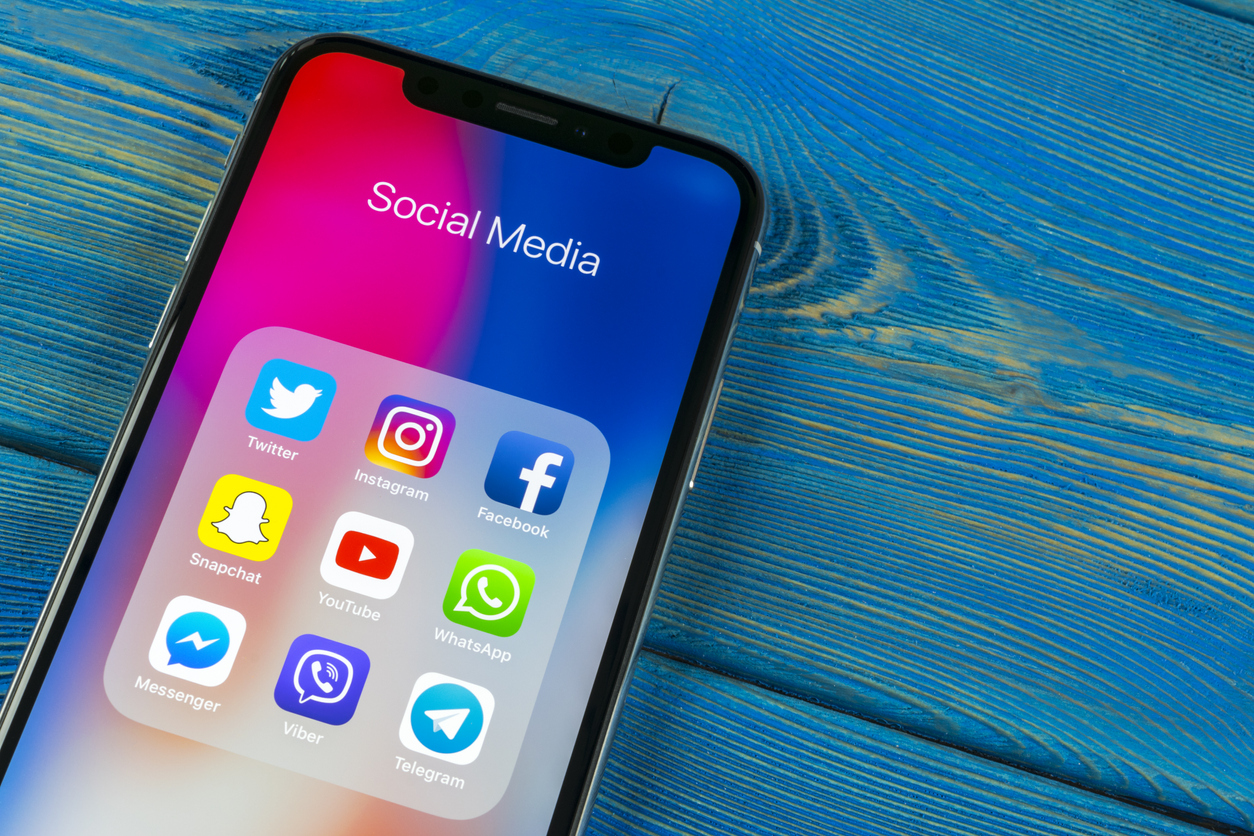Social Media in the Therapy Session
Digital communications – text messages, Facebook, Instagram, other social media – are a big part of most of our everyday lives. In a recent study, researchers are looking at how these electronic communications are being used in therapy sessions. Researchers at McLean Hospital and Harvard Medical School surveyed clinicians, primarily psychiatrists, psychologists and licensed clinical social workers, providing outpatient psychotherapy at McLean Hospital in Belmont, Massachusetts.
Overall, they found that incorporating social media into psychotherapy practice was common. Just over 60% of the therapists surveyed said they had viewed at least one patient’s social or electronic media as a part of psychotherapy. The types of electronic communications viewed by the clinicians included text messages, Facebook, Instagram, blogs, Twitter, Snapchat, WhatsApp, call history and email. In most instances (74%), viewing the electronic communications in therapy was at the patient’s suggestion.
 Among clinicians viewing social media, 89% viewed the media in the presence of the patients and 20% viewed it outside the session with the patient’s permission. Most (70%) reported viewing the social media infrequently or only once and more than half (54%) viewed it with 5 or fewer patients.
Among clinicians viewing social media, 89% viewed the media in the presence of the patients and 20% viewed it outside the session with the patient’s permission. Most (70%) reported viewing the social media infrequently or only once and more than half (54%) viewed it with 5 or fewer patients.
More than 90% of therapists said they could provide better treatment because of the additional information from social media. About one in four reported significant improvement in their level of care as a result of incorporating the social media. Clinicians reported two primary reasons for incorporating social media – to monitor and address a specific behavior and to provide feedback on patients’ digital communications and behaviors.
The clinicians gave several reasons for accessing electronic and social media content were (multiple answers possible).
- To monitor or address specific target behavior - 41%
- To provide feedback on patients’ electronic communication and behaviors - 41%
- To obtain collateral information on patients’ life - 24%
- To establish working alliance/rapport- 6%
- Logistical reasons- 5%
Most of the clinicians did not indicate any concerns with accessing the social media, however about a third of those providing a response noted concerns related to privacy and ethical boundaries. While this study focused on therapists addressing social media with the patient as part of therapy, a separate but related issue that has raised some concerns is that of clinicians independently doing internet searches for information on patients. The APA has developed a Resource Document on this issue with guidance for psychiatrists. (See Resource Document on Ethical Consideration Regarding Internet Searches for Patient Information.)
On a broader scale social media posts are being used to help identify markers of mental health conditions, such as language used in Facebook or Twitter posts or the images used in Instagram has been analyzed to help predict the onset of mental health conditions.
References
Hobbs, KW, et al. Incorporating Electronic and Social Media Data into Patient Care: Clinician Survey. Journal of Medical Internet Research. 2019. Vol 21, Issue 7 www.jmir.org/2019/7/e13218
